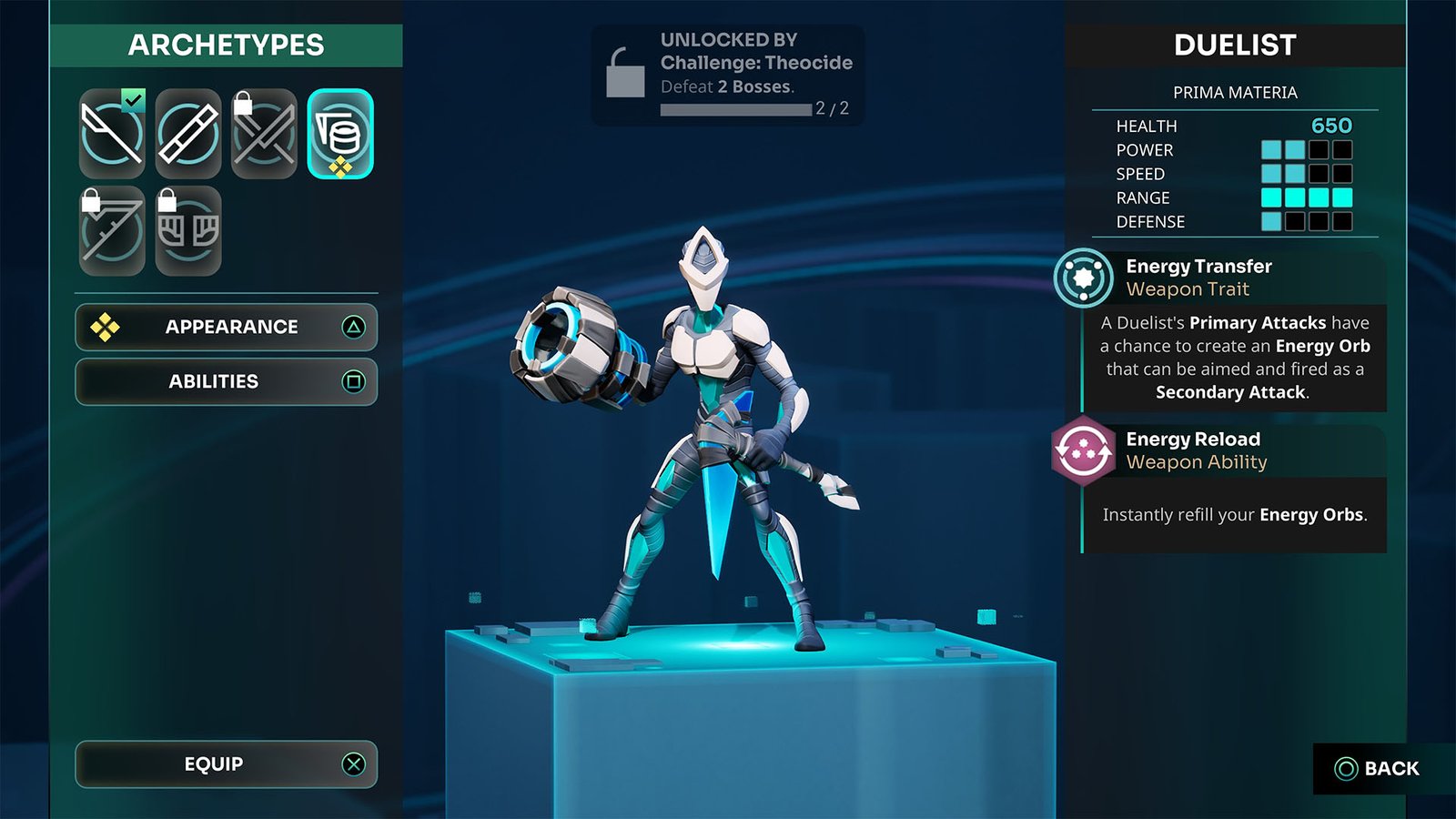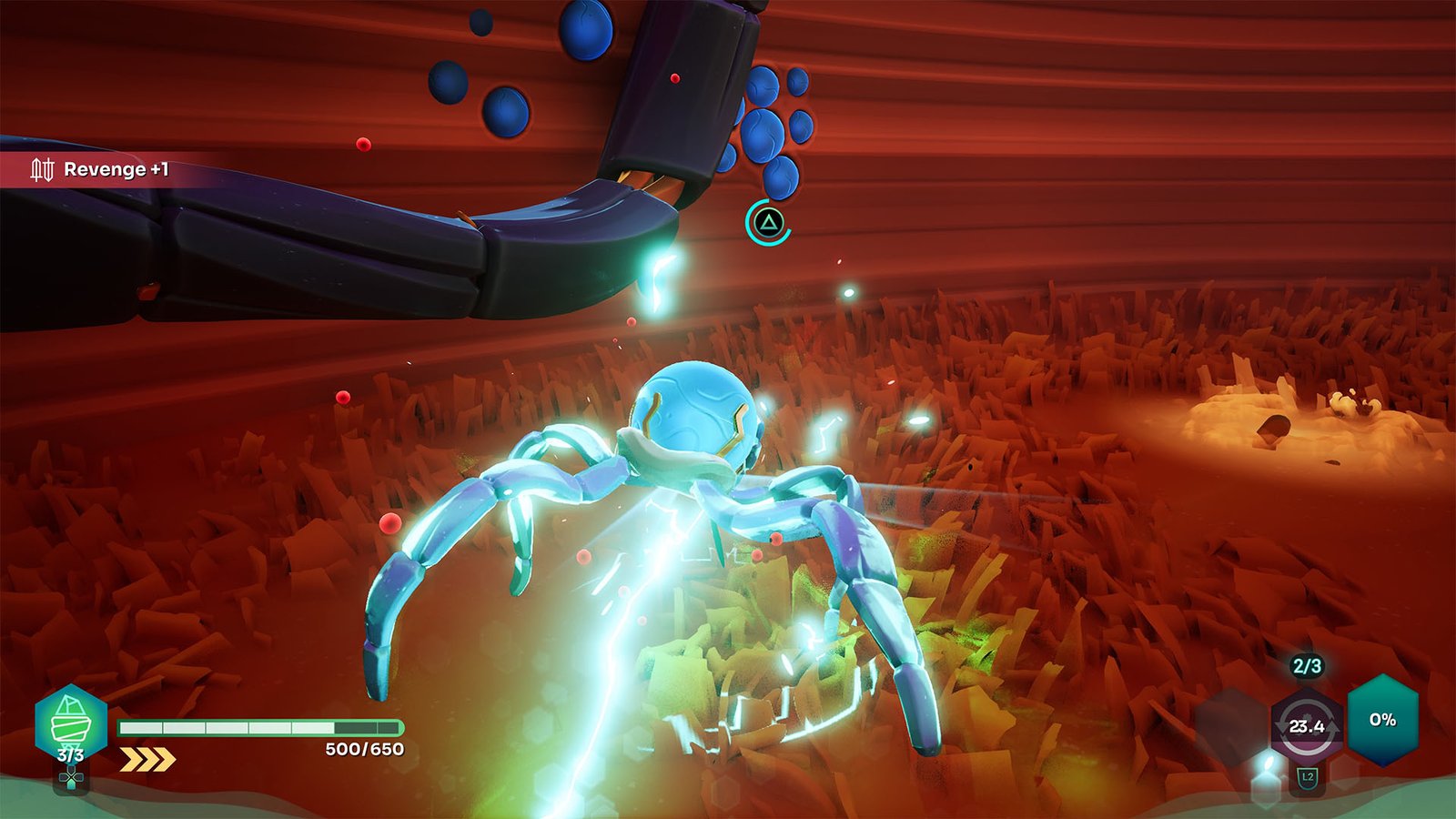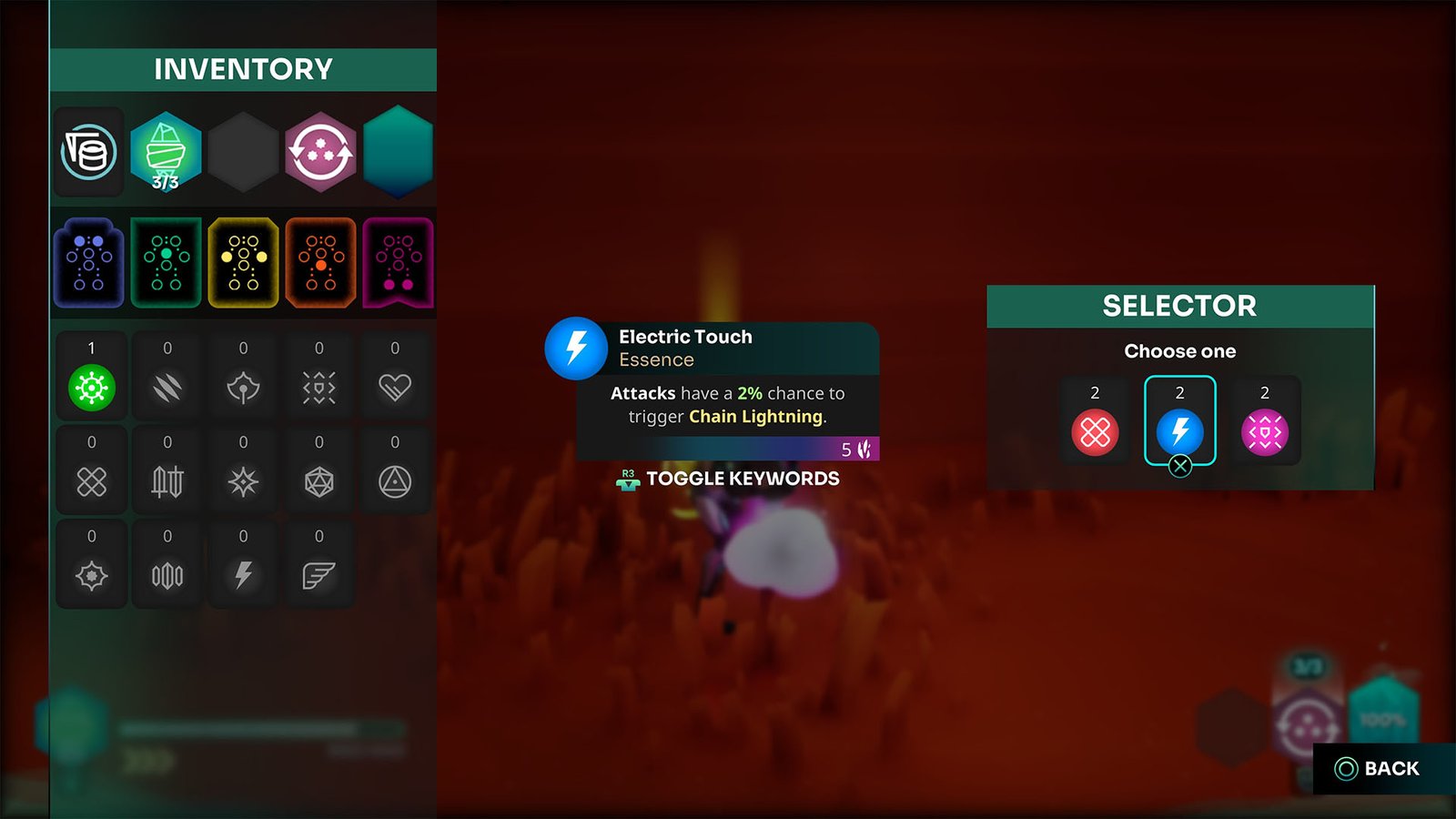Table of Contents
Godbreakers on PS5 Pro
Godbreakers asks a simple question: if gods could bleed, wouldn’t you take their power for yourself? It’s a bold premise, and To The Sky and Thunderful’s latest co-operative roguelike does everything in its power to make that question worth answering.
Between its fluid combat, wild boss fights, and a clever power-theft mechanic that turns every battle into a miniature arms race, this is a game that thrives on chaos — even if it doesn’t always know how to control it.
The Art of the Godbreak
At its heart, Godbreakers is an experiment in freedom. Reza Hedayati, the studio’s design director, told me during Gamescom 2025 that they aimed to “go away from the Souls games.” True to that mission, every swing, dash, and dodge feels liberated from the usual shackles of animation lock. You can cancel out of almost any action — dash mid-attack, roll mid-combo, and pivot in an instant. It’s a kinetic, aggressive kind of control that makes even the most minor skirmish feel alive.
That fluidity is essential because this is a punishing world. Swarms of enemies flood every arena, their attacks overlapping in a frenetic ballet that tests your reflexes as much as your patience. Each of the six Archetypes plays differently: dual blades dance through crowds, the heavy cannon obliterates them, while others juggle defence and range. Combat feels like a creative act, not a prescribed formula, and you are constantly writing and rewriting the rhythm of each encounter.
Then comes the Godbreak itself, the game’s signature hook. Deal enough damage, and you can possess a weakened enemy, wearing their form like armour before bursting free with a devastating power. It’s absurdly satisfying, like a momentary surge of omnipotence that rewards aggression and awareness. Do you use it early to clear a mob, or save it to turn a boss’s second phase inside out? That constant tension drives the best runs forward.
Structure, Progression, and the Lure of Power
Where Godbreakers excels mechanically, it also tempts you with experimentation. Its Codex and progression systems brim with modifiers, buffs, and subtypes to unearth. Runs are procedural, with every biome from the fiery wastelands of Mars to frost-bitten arenas housing its own hazards and rewards.
The six biomes at launch stand apart visually and mechanically. One moment you’re battling a celestial wrestler amid falling meteors, the next you’re weaving through sandstorms that distort your vision. The environments aren’t sprawling labyrinths, but they are kinetic stages for relentless combat.

That said, not all runs carry equal weight as repetition starts to set in once you’ve mastered a handful of biomes. The Godbreak mechanic, while brilliant in principle, sometimes feels under-utilised, less a game-changer and more a powerful flourish. Likewise, some Archetypes feel noticeably better-tuned than others, leading to an imbalance that undermines experimentation over time.
Co-op Chaos and the Beauty of Flow
Perhaps Godbreakers shines brightest when chaos is shared. Up to four players can team up online, and that’s when the game transforms into something electric. A squad chaining dashes and Godbreaks in unison turns every room into a storm of colour and carnage. It’s less methodical than a Hades 2 run, but that’s exactly the point. Godbreakers isn’t about measured elegance; it’s about managing the madness.
Co-op also amplifies the game’s build potential. Each player’s Archetype, perks, and chosen Godbreaks can synergise in unexpected ways, from crowd-control loops to boss-melting combos. The result is often messy but thrilling, evoking the best moments of Risk of Rain 2 and Gunfire Reborn.

Performance-wise, the experience is surprisingly stable with everything going on. The art direction leans heavily on bold colour contrasts and smooth animation rather than photorealism, giving it both personality and clarity in the chaos.
Faltering With Repetition
Yet for all its style, Godbreakers sometimes struggles to deliver substance. The procedural maps, while lively, lean too heavily on linear corridors. You move from one arena to the next with little incentive to explore beyond the next combat challenge. After a few runs, that rhythm of entering a room, fighting, collecting a reward, and moving on becomes predictable.
The bosses, though visually striking, can drag. Health bars stretch a little too long, turning the latter halves of fights into endurance matches rather than tactical duels. The Godbreak mechanic, meant to punctuate these battles with adrenaline, occasionally feels redundant against such drawn-out encounters.

And while the difficulty curve starts gently, it doesn’t always scale satisfyingly. Roguelike veterans might find early runs too forgiving, while later challenges spike sharply once modifiers (the aptly named Tangles) enter the mix. It’s not inconsistent enough to ruin the experience, but it does betray the careful balance that separates great roguelikes from good ones.
Power Stolen, Purpose Still Forming
There’s a clear vision pulsing through Godbreakers: a desire to make action feel fluid, empowering, and relentless. When it works — when you dash-cancel through a storm of projectiles, hijack a god, and explode out with borrowed divinity — it’s pure exhilaration. Few roguelikes feel this physical.
But when the repetition sets in, or when the spectacle outweighs the substance, that power begins to fade. The bones of something remarkable are here; it just needs more meat on them, like richer progression loops, more meaningful biome variation, and deeper consequences for your god-stealing choices.

For now, Godbreakers is a striking proof of concept and an entertaining co-op brawler that earns its chaos. It doesn’t dethrone Hades or Returnal, but it does carve a wild, vivid path of its own.
Godbreakers is available on PlayStation 5 and PC.
SavePoint Score
Summary
Godbreakers burns bright but fast. Its free-flowing combat and god-stealing chaos make for an exhilarating roguelike loop, yet repetition and uneven tuning stop it from achieving true divinity.

